Located along the west coast of Saudi Arabia, The Red Sea stands out as a pioneer in sustainability and regenerative tourism. The Red Sea is the first project in the Middle East to achieve LEED (Leadership in Energy and Environmental Design) Platinum certification, the globally recognised standard for green building, as revealed in its annual sustainability report, demonstrating its unwavering commitment to environmental protection and regeneration efforts.
Although this vast archipelago comprises more than 90 pristine islands, only 22 will be developed for visitors, 75% of the remaining islands will remain untouched and nine will be preserved for the conservation of precious coral reefs, seagrass beds and mangroves. Inland lies a vast and varied desert landscape, filled with cascading sand dunes, deep red rocky mountains and dormant volcanoes.
Pioneering a global shift towards regenerative tourism, The Red Sea strives not only to protect the local environment, but also to enhance it, developing biodiversity in the region and enriching local communities in all areas of project development.
Environmental conservation initiatives
Through extensive efforts to safeguard fragile ecosystems, The Red Sea is on track to deliver on its commitment to achieve a 30% net conservation benefit by 2040, by enhancing biologically diverse habitats including mangroves, seagrass beds, corals and terrestrial vegetation. One million local mangrove seedlings have already been planted in the Red Sea, and are carefully nurtured for eight months before being replanted in designated areas.
This initiative contributes to carbon storage and promotes biodiversity, demonstrating the destination’s commitment to sustainable development. In addition, drones are being used to accurately map all of the destination’s mangrove forests to monitor the success of reforestation projects or any impacts that could cause habitat degradation. impacts that could cause habitat degradation, such as camel grazing, while current regulations do not protect this type of vegetation.
Located on the fourth largest coral reef system in the world, the Red Sea aims to raise visitors’ awareness of the importance of marine life, encouraging an eco-friendly approach to exploring the region’s underwater wonders through activities such as snorkelling and diving. The Red Sea, renowned for its diverse ecosystem, is home to more than 30 rare and endangered species, such as the giant wrasse, dolphins, rays, tiger and whale sharks, green and hawksbill turtles, as well as 25,000 bird nests.
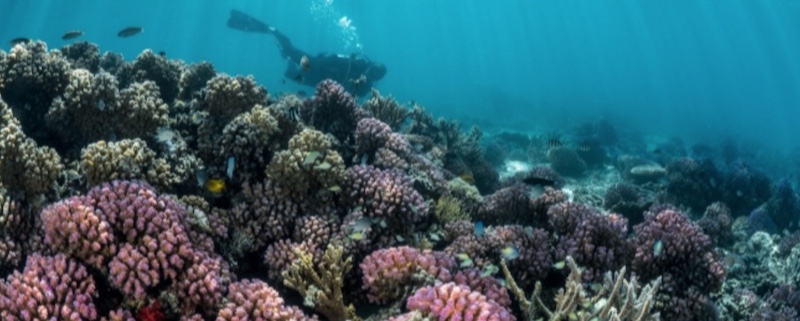
From 2017 to 2018, the world’s largest marine spatial planning study was conducted to map and protect the most vulnerable species, including dugongs and sea turtles. More recently, The Red Sea launched an artificial nest programme for sooty falcons, which last year saw the first successful fledging of this species in an artificial nest. For the critically endangered Halavi guitarfish, acoustic monitoring has been used to identify breeding habitats as part of the wildlife survey.
Climate change has already led to the degradation of almost 50% of the world’s coral reefs, with a 14% loss in the last decade alone. That’s why a scientific approach is being taken to all aspects of the development, with leading conservation scientists on board to help protect mangroves, islands and coral reefs.
Using AI technology, scientists monitor more than 300 coral reef sites and can analyse them 92% faster and more efficiently than previous methods. The CoralNet programme creates a scaled 3D model from thousands of overlapping photographs to monitor reef coverage and growth. These 3D models are then fed into two different pieces of software to analyse and extract extensive data, a process that is far more accurate and rapid than manual methods, which can take up to 10 years to produce results.
The use of this technology has also led to the discovery of new corals capable of surviving higher sea temperatures, paving the way for coral preservation and restoration in other coral-rich regions around the world.
Local initiatives
Local Saudi residents play a key role in the development of the destination, with comprehensive training on offer in a range of jobs from hospitality to environmental protection. Community development initiatives are also offered, such as the Red Sea English for Tourism programme, which has trained 600 young people from local communities and prepared them for success in the tourism industry. The Vocational Program Diploma develops and nurtures local talent and has been awarded to 430 students this year alone. In 2022, Red Sea also launched Amerah Souq, the first market to showcase authentic products from neighbouring Umluj, to enhance the skills of local businesses and celebrate local culture through a series of traditional musical performances and cultural heritage workshops.
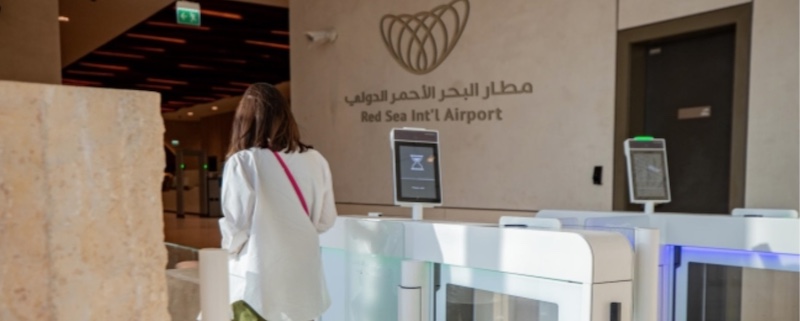
Local development doesn’t stop there, with nursery training helping 60 local farmers to upskill, and the Marine Operation Jobs programme, which has seen 40 marine industry professionals employed within the local community. The Red Sea Farming Cooperative has also brought together farms in the Tabuk region of Saudi Arabia to promote sustainable farming practices.
Red Sea International Airport
Aiming to become the first carbon-neutral airport in the Middle East, Red Sea Global has worked in harmony with nature, harnessing the power of renewable energy. The developers installed the 760,000 photovoltaic panels needed to power the first part of the destination with sunlight, day and night, with the help of the world’s largest off-grid battery storage facility. In terms of materials, the partners have been carefully selected for their innovative technological ability to deliver on this promise, including the use of carbon-negative concrete.
The construction of a local airport, Red Sea International (RSI), was an important part of the first phase of development. Operated by Saudia Airlines, RSI has been handling domestic flights from Riyadh since September 2023 and will soon begin offering international flights.
Leading firms Foster + Partners and Jacobs have been commissioned to design and develop the state-of-the-art airport, which will run solely on renewable energy. Inspired by the colours and textures of the desert landscape and the sea, the design aims to offer customers a true Red Sea experience from the moment they land, immersing them in a peaceful atmosphere. State-of-the-art technology will play a key role in the airport’s design to offer passengers a seamless experience, with all checked baggage sent directly to the resorts. Guests will also be transported in ‘clean’ vehicles, including hydrogen-powered aircraft and electric cars.
Six Senses Southern Dunes, The Red Sea and St. Regis Red Sea Resort are now available for booking, while Nujuma, a Ritz-Carlton Reserve, is preparing to welcome its first guests in 2024.


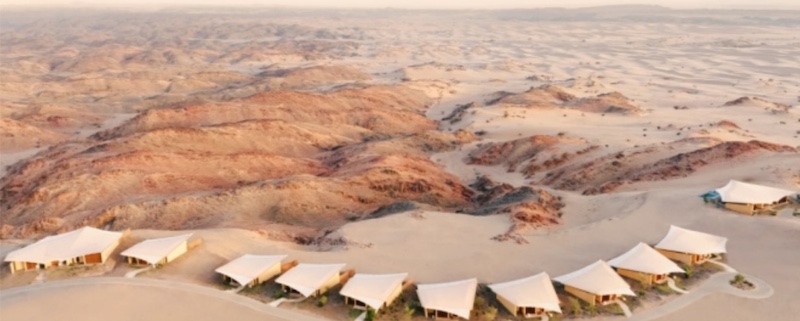
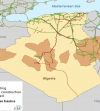
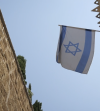
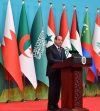
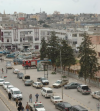
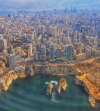
Réagissez à cet article